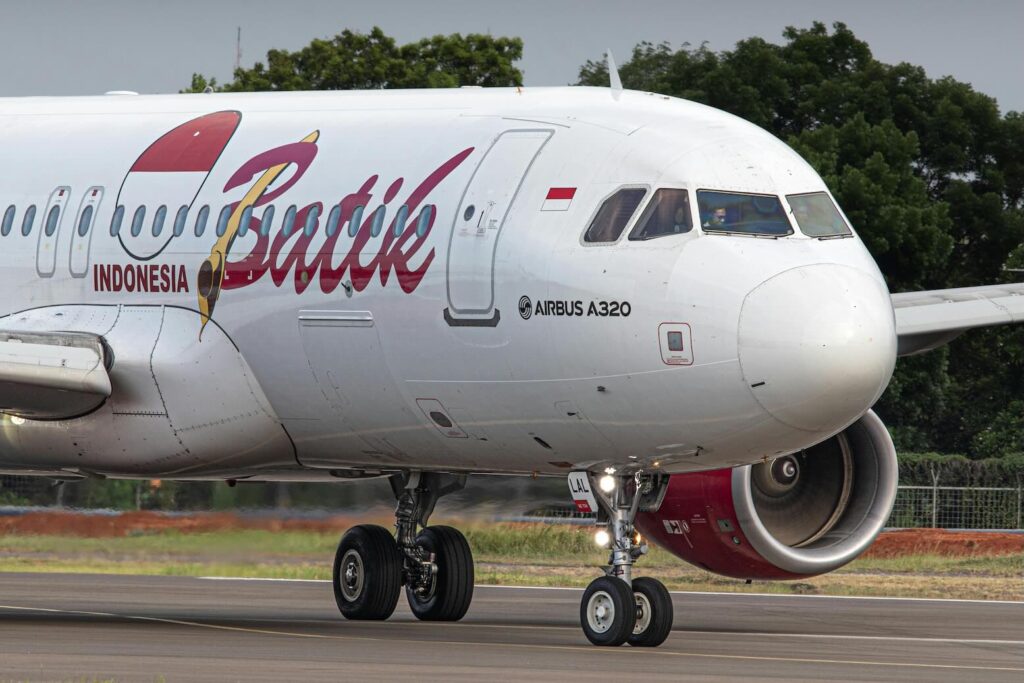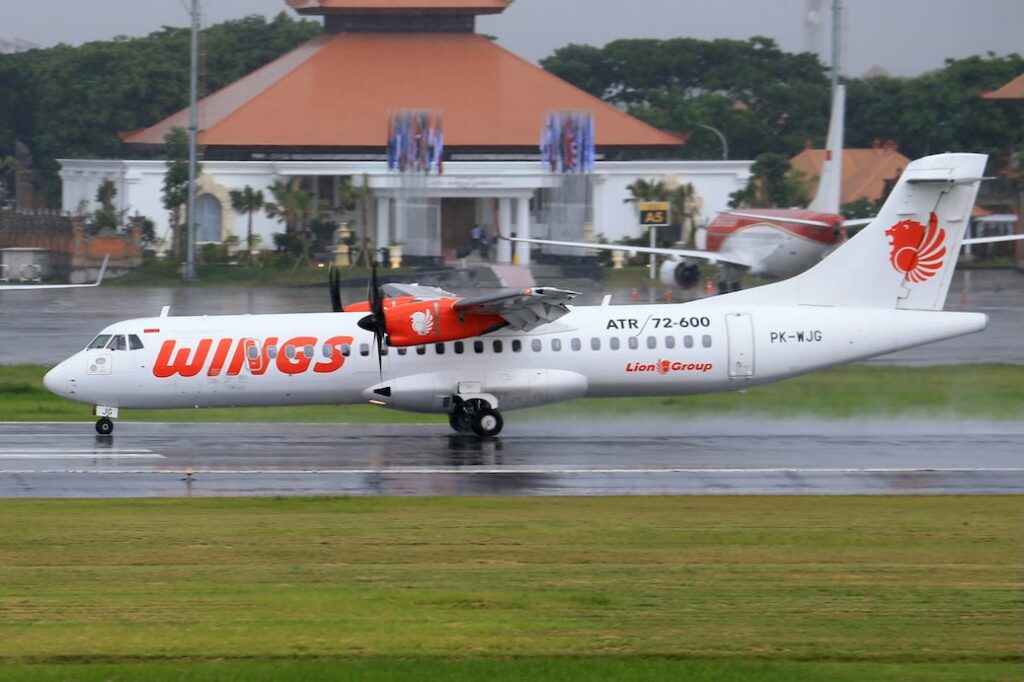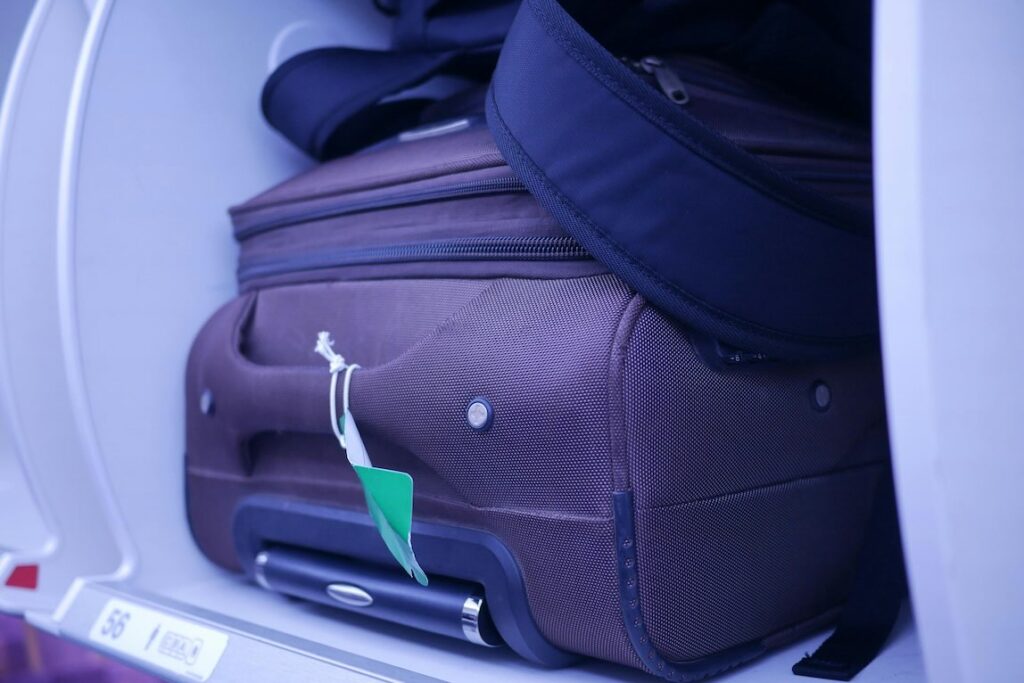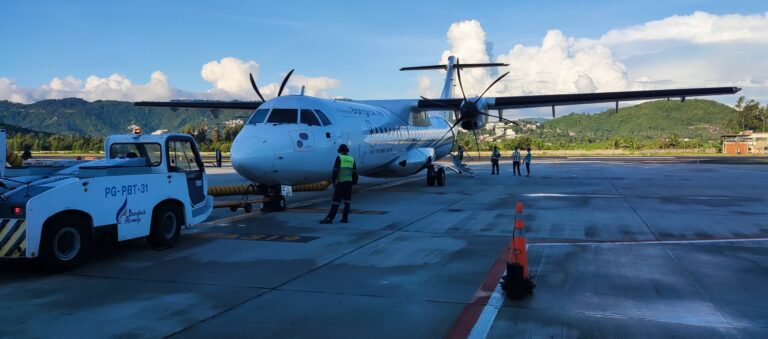What you need to know about local airports
Table of Contents
- Summary
- Introduction
- What “Local Airport” Means in Southeast Asia
- Security Rules That Trip People Up
- ID & Documents for Domestic Flights (Foreigners)
- Baggage Rules at a Glance
- Check-in & Boarding Cut-offs (Local Airports)
- Fees & Levies (What’s in Your Ticket)
- Getting To/From and Between Airports
- Weather, Runways & Reliability
- Facilities & Payments (Set Expectations)
- Practical Tips & 60-Second Checklist
- Mini-FAQ
- Conclusion
- Sources
Summary
- ✈️ Local airports in Southeast Asia often have different rules and facilities compared to major international hubs.
- 🧳 Security regulations on liquids, laptops, batteries, and vapes can vary and sometimes cause confusion.
- 🛂 Foreign travelers must carry valid passports for domestic flights in most countries.
- 🧳 Carry-on baggage limits are typically stricter on small planes; checked baggage allowances vary.
- ⏰ Check-in and boarding cut-offs can be earlier than expected—arrive early to avoid stress.
- 💵 Additional fees like terminal fees or Bali levies may be included in your ticket.
- 🚖 Transportation options to and between airports include ride-hailing, official shuttles, and sometimes limited late-night services.
Introduction

Understanding local airports in Southeast Asia, including many regional airports and domestic airports, is essential for any traveler aiming to navigate the region smoothly. Unlike major international hubs, these small airports often have unique rules, limited facilities, and varying security protocols that can catch visitors off guard. This guide on local airports in Southeast Asia is here to help you avoid common pitfalls, manage your baggage like a pro, and make sure you arrive and depart on time. Whether you’re flying on regional flights or transferring between airports, knowing what to expect will save you time, money, and unnecessary stress.
What “Local Airport” Means in Southeast Asia
Local airports in Southeast Asia refer to smaller, regional airports serving domestic or short-haul international flights. These airports typically handle fewer passengers and have more limited infrastructure than major hubs like Bangkok Suvarnabhumi or Singapore Changi. Unlike large airports, local airports may have:
- Smaller terminals and fewer lounges or dining options
- Minimal public transport connections
- Simplified customs and immigration procedures for domestic flights
- Stricter baggage and security regulations due to smaller aircraft and facilities
Understanding these differences helps travelers prepare better for their journey, especially when flying within Southeast Asia. For tips on choosing airlines, see our guide to the best airlines in Southeast Asia.
Security Rules That Trip People Up
Liquids & Laptops
Local airports often follow international security standards but may enforce stricter rules on liquids and electronics. Liquids must usually be in containers of 100ml or less and fit within a clear, resealable plastic bag. Laptops and tablets typically need to be removed from bags during screening, but some smaller airports may lack advanced scanning technology, resulting in manual checks. For example, Singapore Changi Airport provides detailed guidelines on electronics screening, which many local airports and budget airlines in Southeast Asia try to emulate despite limited resources.
Batteries & Power Banks
Power banks are considered dangerous goods and are subject to strict airline and airport rules. Most local airports allow power banks only in carry-on luggage, with a capacity limit typically around 100Wh. Exceeding this can lead to confiscation or fines.
Vapes and Prohibited Items
Vaping devices and e-liquids are often prohibited in checked baggage and sometimes carry-on bags, depending on local laws. Prohibited items include sharp objects, flammable materials, and certain medications. Always check specific airline and airport guidelines before packing. For more on health and safety when traveling, see health safety tips Southeast Asia.
ID & Documents for Domestic Flights (Foreigners)
For domestic flights within Southeast Asia, foreign travelers are generally required to present a valid passport at check-in and boarding. Some countries may also require a visa or additional identification depending on your nationality. Carry photocopies of your passport and flight itinerary as backup. Be sure to check with your airline ahead of time to confirm exactly what documents you’ll need.
Baggage Rules at a Glance

Carry-on Limits
| Airline | Max Weight | Max Dimensions (cm) | Notes |
|---|---|---|---|
| AirAsia | 7 kg | 56 x 36 x 23 | Includes laptop bag |
| Lion Air | 7 kg | 40 x 30 x 20 | Strict enforcement |
| Vietnam Airlines | 7 kg | 56 x 36 x 23 | May allow small personal item |
| Garuda Indonesia | 7 kg | 40 x 30 x 20 | Strict on size |
For detailed information, see the AirAsia Baggage Policy which is representative of the strict carry-on limits many budget airlines in Southeast Asia enforce. For strategies on saving money on flights and baggage, check out budget travel hacks Southeast Asia.
Checked Bags on Small Planes

Checked baggage allowances vary widely on smaller aircraft, often ranging from 15kg to 20kg. Some budget airlines charge extra for checked bags, so pre-book your allowance online to save money. Overweight or oversized bags may be refused or incur heavy fees.
Check-in & Boarding Cut-offs (Local Airports)
Local airports and domestic airports may require earlier check-in and boarding times than international hubs. For example:
- Check-in often closes 45 minutes before departure.
- Boarding gates may close 20 minutes prior to takeoff.
To avoid any last-minute rush, it’s a good idea to arrive at least 2 hours before your flight, especially during busy travel seasons or at airports with limited facilities, which is common for small airports in Southeast Asia. For advice on finding the best flight deals and timing your booking, see how to find the cheapest flights in Southeast Asia.
Fees & Levies (What’s in Your Ticket)
Many Southeast Asian local airports include terminal fees or passenger service charges in your ticket price, but some require payment on arrival or departure. Bali’s Ngurah Rai Airport, for instance, charges a departure levy currently included in ticket prices but sometimes collected separately for domestic flights. Always double-check with your airline or travel agent so you’re not caught off guard. For more on traveling in Bali, see eco friendly tourism Bali.
Getting To/From and Between Airports
Ride-hailing & Official Pick-ups
Ride-hailing apps like Grab and Gojek are widely available at most local airports, offering convenient and affordable transport. Official airport taxis and shuttle services may also be available but can be more expensive.
Inter-terminal/Inter-airport Transfers
Some cities have multiple airports serving different routes (e.g., Jakarta’s Soekarno-Hatta and Halim Perdanakusuma). Transfers between airports often require planning ahead, as public transport options may be limited or slow.
Late-night/Early-morning Arrivals
Public transport services are often unavailable during late-night or early-morning hours. To avoid being stranded, it’s best to pre-book taxis or airport shuttle services.
Weather, Runways & Reliability
Monsoon seasons in Southeast Asia can bring heavy rains and flooding, which may affect airport operations and cause delays or cancellations. Smaller airports with shorter runways can be more vulnerable to weather disruptions. Be sure to check weather forecasts and your flight status before you travel.
Facilities & Payments (Set Expectations)
Local airports may have limited facilities such as few restaurants, shops, or lounges. Payment options can be limited to cash or local mobile payment apps; credit card acceptance varies. It’s a good idea to bring some local currency and charge your devices before you arrive.
Practical Tips & 60-Second Checklist
- 🕒 Arrive early: at least 2 hours before departure to give yourself plenty of time.
- 🧴 Pack liquids and electronics according to security rules to breeze through checkpoints.
- 🛂 Carry a valid passport and travel documents for domestic flights.
- 🎫 Pre-book checked baggage to avoid extra fees and surprises.
- 🚖 Use ride-hailing apps for easy and affordable airport transfers.
- ☔ Check weather and flight status regularly to stay ahead of delays.
- 💵 Keep some local currency handy for fees and payments where cards aren’t accepted.
Mini-FAQ
Q: Can I bring a power bank in checked luggage?
A: No, power banks must be carried in hand luggage only.
Q: Are vapes allowed in carry-on bags?
A: Usually yes, but check local regulations as some airports prohibit them.
Q: Do I need a passport for domestic flights?
A: Yes, foreign travelers generally must show a valid passport.
Q: How early should I arrive at local airports?
A: At least 2 hours before departure to allow for check-in and security.
Q: Are terminal fees included in my ticket?
A: Often yes, but some airports charge separately; confirm with your airline.
Conclusion
Navigating local airports in Southeast Asia can feel tricky, but with a bit of preparation and knowledge, you can breeze through like a pro. By understanding security regulations, baggage policies, and transport options, you’ll avoid unnecessary stress and delays. Whether you’re flying within Southeast Asia or using budget airlines, arriving early and staying informed are your best tools for smooth journeys through these smaller regional airports. Travel smart, stay flexible, and enjoy your adventures with confidence!





